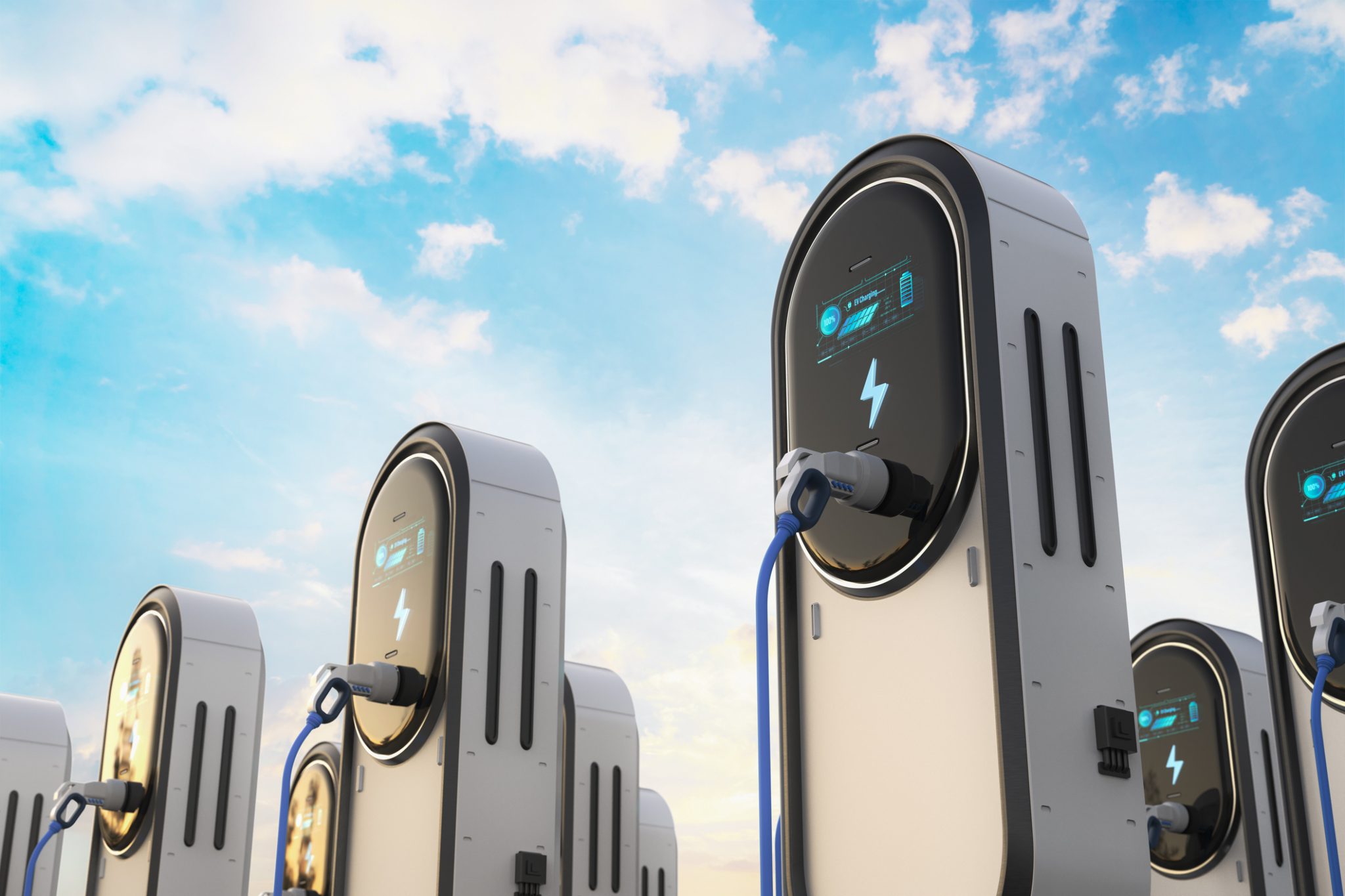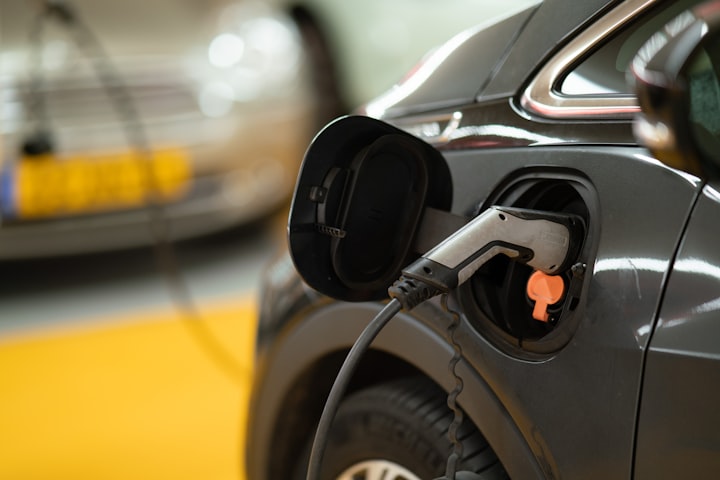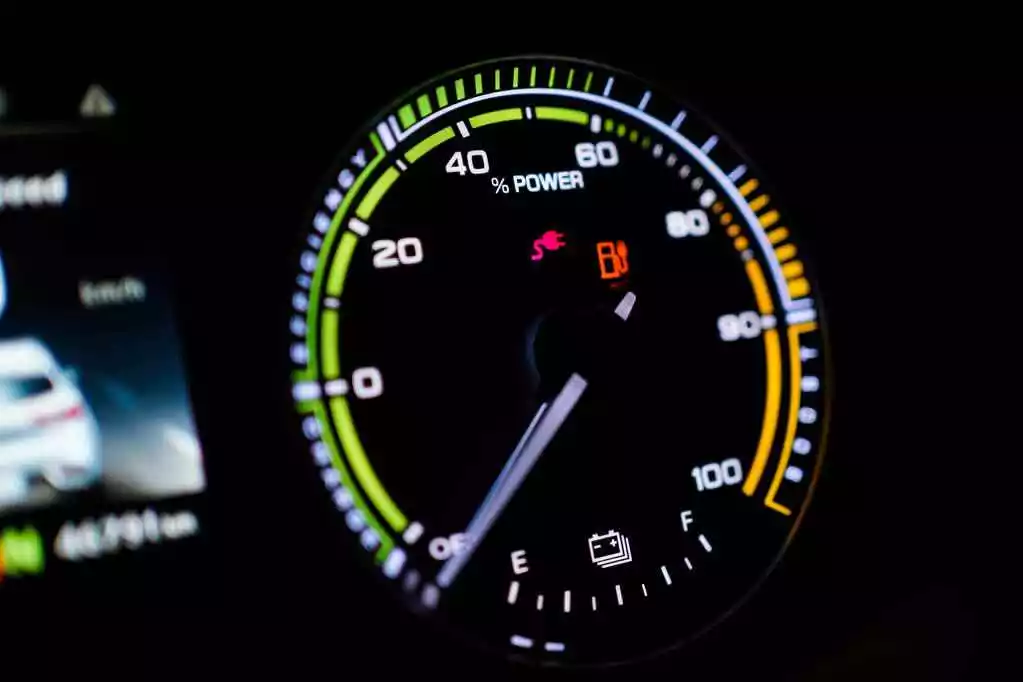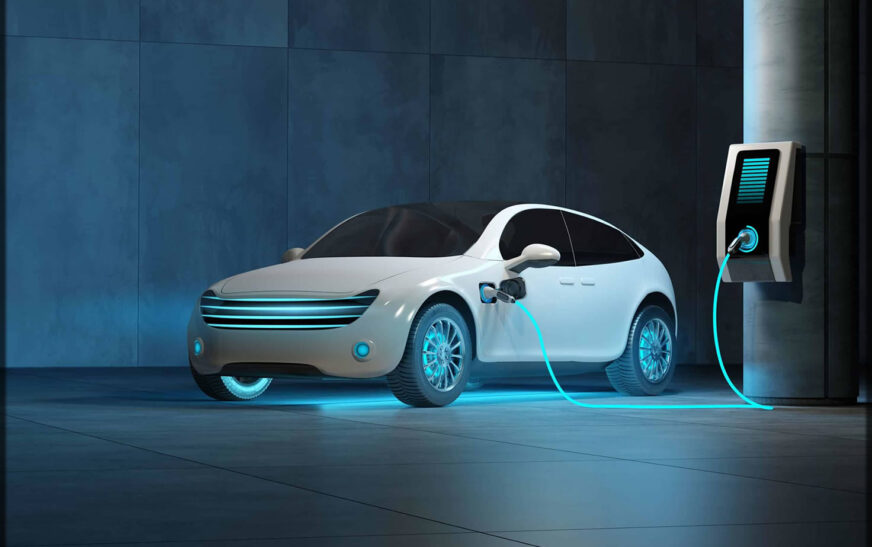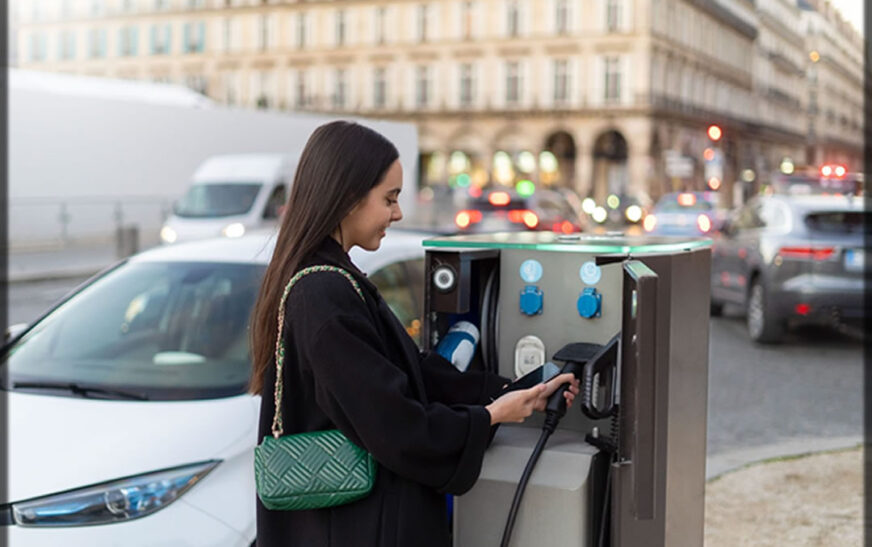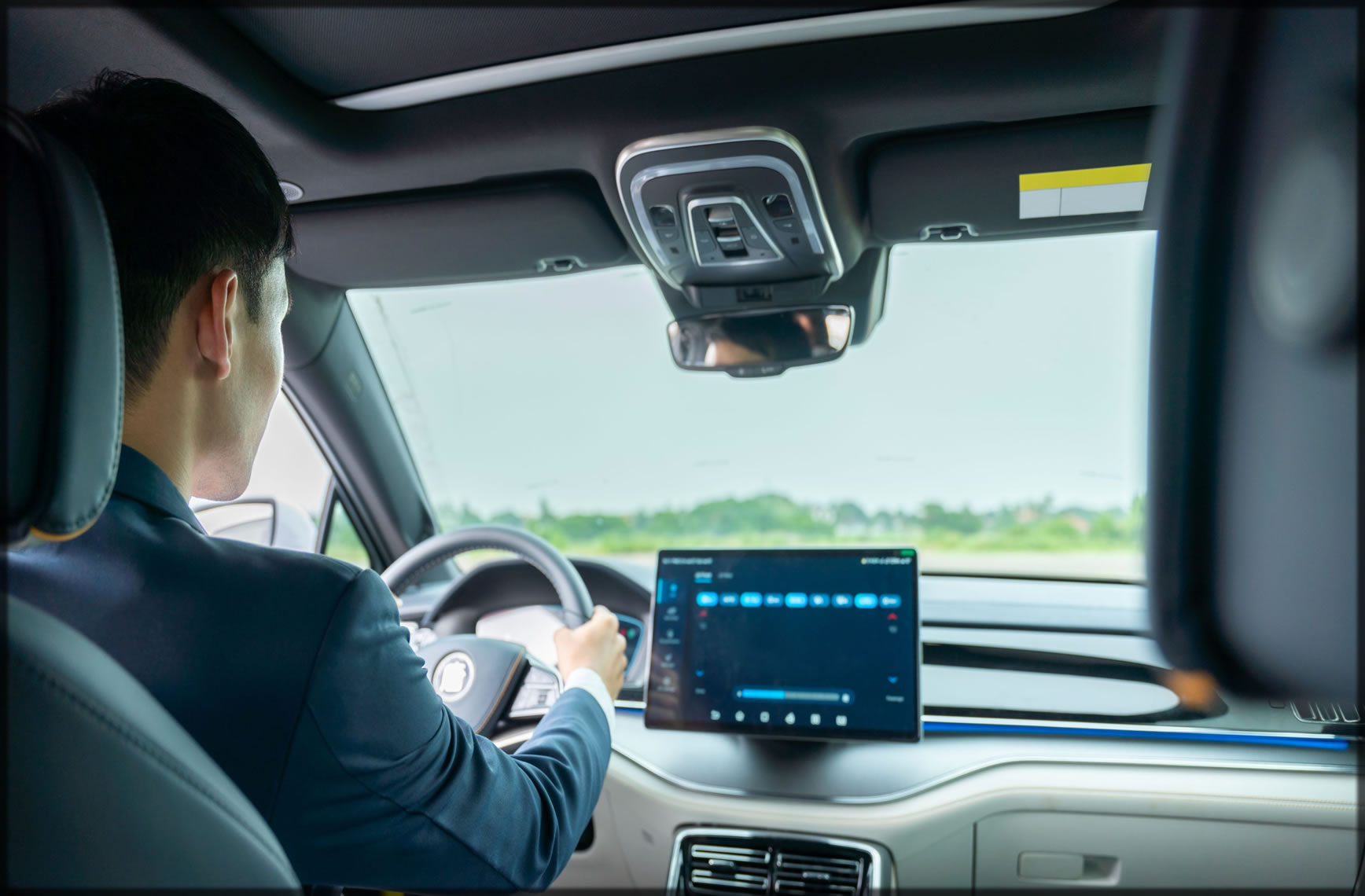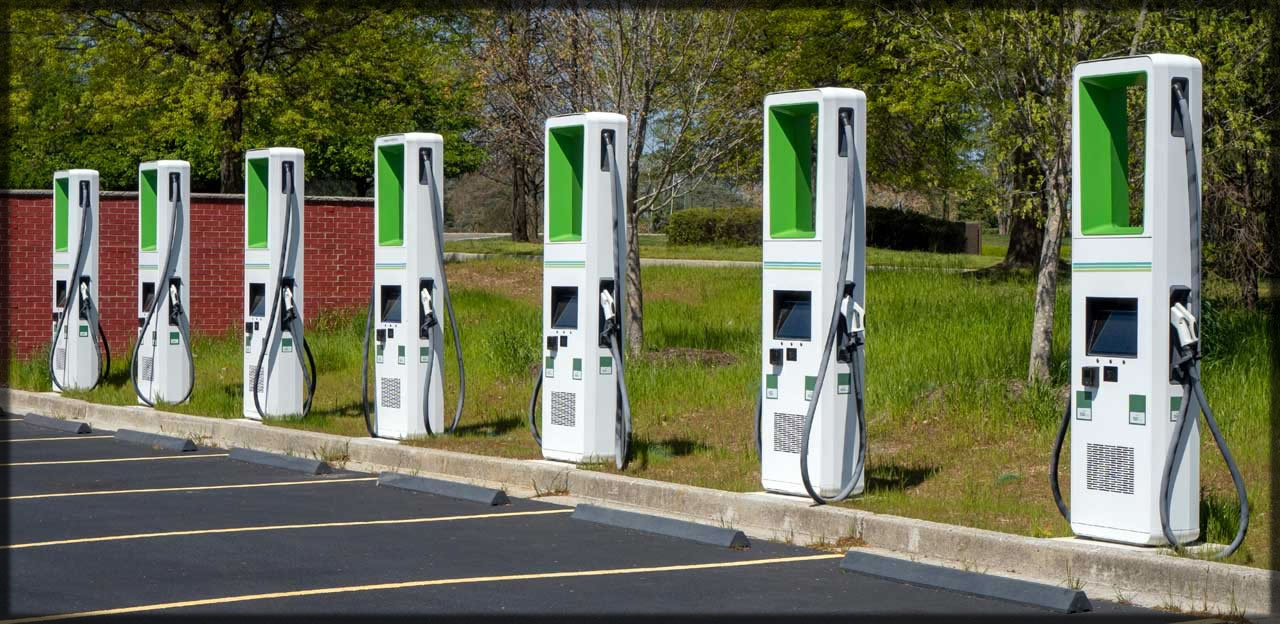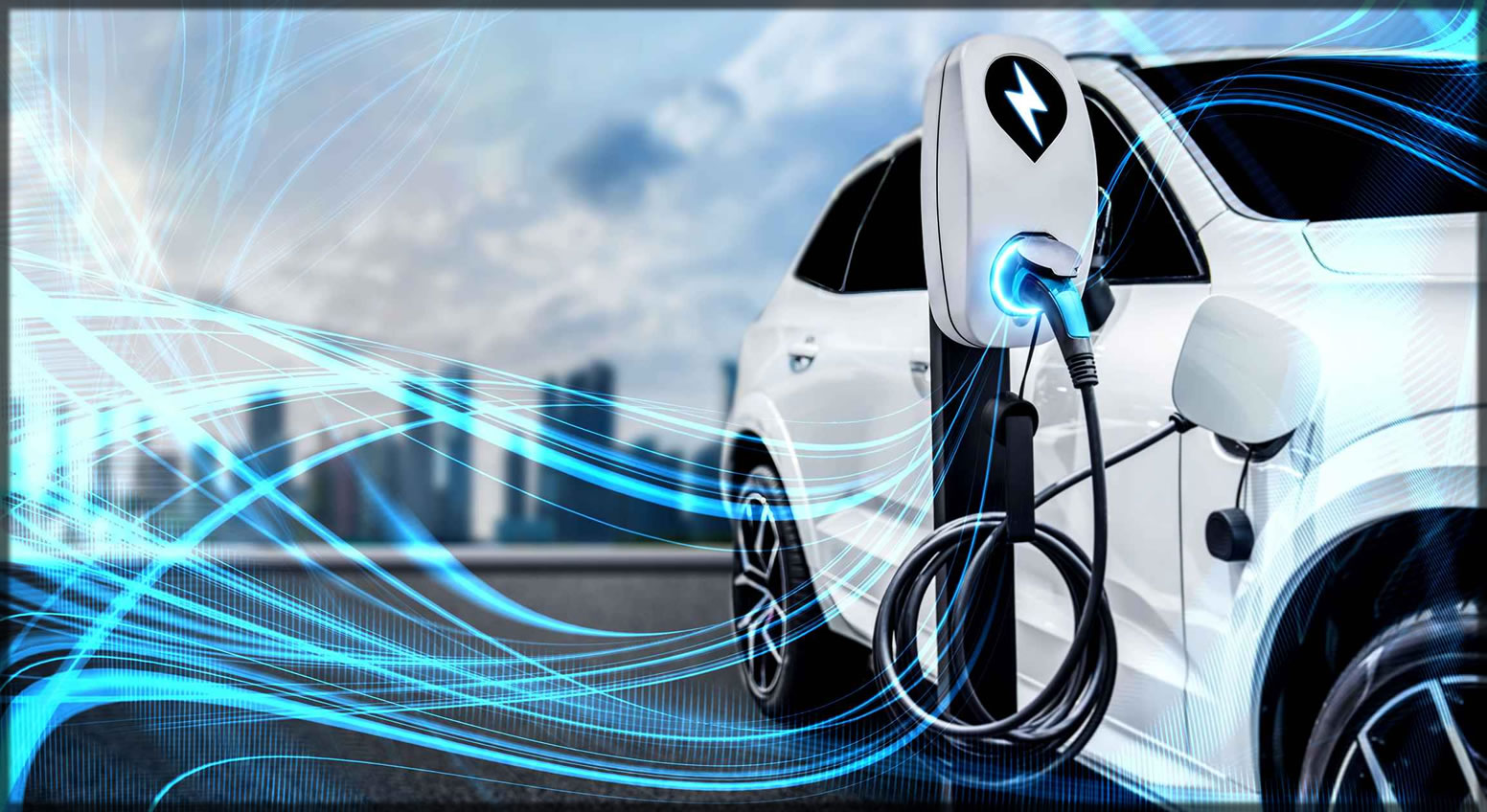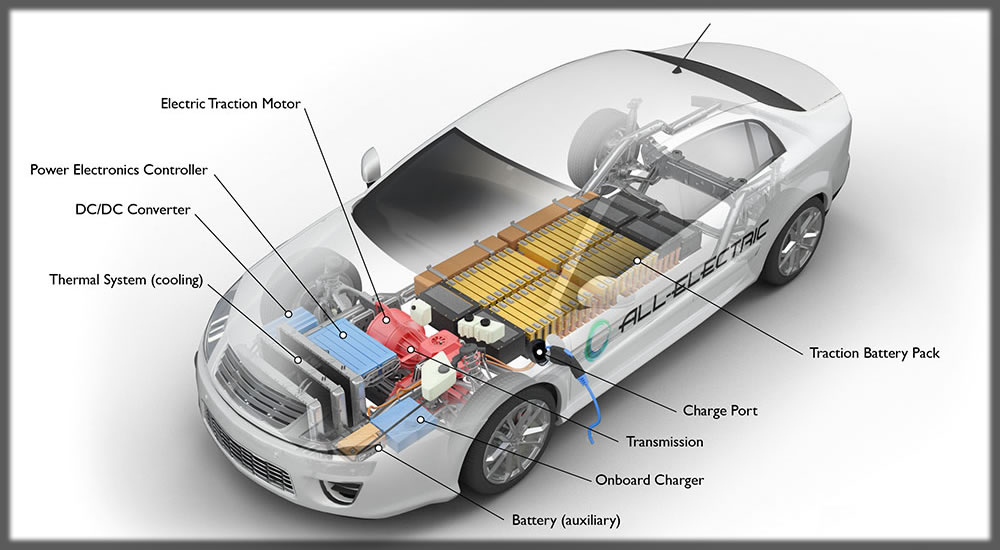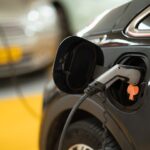How Electric Cars Are Altering the Economy. The rise of electric cars (EVs) is not only a technological transformation in transportation but a change that is reorienting the economy at a global level. As governments and companies make investments in EV infrastructure, battery technology, and renewable sources of energy, its impact is increasingly becoming economically significant. In this article, we will explore how EVs have an impact in many aspects of the economy, such as jobs, energy markets, supply chains, and even government policies.
Job Creation and Industry Growth
The transition to electric mobility is creating jobs in a range of industries, including manufacturing, battery production, charging infrastructure, and renewable energy. Traditional car companies are adding new EV assembly lines, generating new jobs in the bargain. Meanwhile, new entrants including Tesla, Rivian, and Lucid Motors are creating jobs in terms of engineering, research, and production in the thousands.
Additionally, the EV infrastructure necessitates a heightened demand for the installation and maintenance of charging infrastructure, battery recycling, and software development for EVs. Transition is even generating workforce retooling, with automotive workers transitioning from assembling ICE cars to assembling EVs and battery engineering. Schools and technical schools increasingly have training programs with a specific skillset for workers in the EV sector.
Beyond direct employment, EV growth is generating jobs in ancillary industries such as software development for EV telematics, autonomous driving technology, and complex battery management systems. Expanded shared and autonomous EVs will go a long, long way in revolutionizing jobs in transportation and logistics even further.
Impact on Oil and Energy Sectors
One of the most significant economic transformations ushered in by EVs is its impact on the worldwide oil economy. With the increased use of electric cars and trucks, demand for gasoline and diesel is dropping. Oil-producing nations and economies reliant on fossil fuels will have to diversify industries in an attempt to counteract loss in terms of earnings.
Conversely, the electricity demand is increasing with increased acceptance of EVs. Electricity networks must transition to serve increased consumption, and investments in renewable sources, battery technology, and smart grid technology naturally follow. Solar and wind integration with EV charging infrastructure is providing new options for economies and developing energy independence in most parts of the world.
Utilities are developing new pricing, such as time-of-use pricing and vehicle-to-grid (V2G) technology, under which owners of EVs can sell spare battery capacity to the grid. All of these are spurring economic growth in the renewable economy, with investments in renewable infrastructure becoming increasingly a necessity in supporting the widespread use of EVs.
Supply Chain Reengineering
The EV value chain is a lot different from traditional cars, and most prominently, it is a result of demand for lithium-ion batteries. Cobalt, lithium, and nickel are key materials for battery production, and mining and processing industries have therefore experienced a demand boom for them. Countries with high concentrations of such materials, such as Australia, Chile, and the Democratic Republic of Congo, have witnessed an increase in mining activity investments.
However, the consumption of critical minerals has its own sets of complications, including supply chain restrictions and ethical concerns regarding working conditions and environmental degradation. To counter such concerns, governments and companies have started investing in alternative materials and technology for battery recycling in an attempt to move away from finite sources. Next-generation technology in solid-state batteries, with its high efficiency and long life, is in development in an attempt to move away from traditional lithium-ion batteries.
Additionally, as volumes of production rise, automotive companies are developing localized value chains in a move to mitigate political and geographical uncertainty and shipping costs in exporting goods overseas. Homegrown battery gigafactories such as Tesla’s Gigafactories and similar ones in Asia and Europe are minimizing dependence on value chains abroad and creating localized economic dividends.
Government Policies and Incentives
Governments worldwide have an important role in supporting the transition to EVs through incentives, policies, and regulations. Tax credits, rebates, and subsidies have been adopted in most countries to promote EV use, lessening the financial burden for buyers. Governments have also started investing in charging infrastructure and in researching and developing new technology to drive technological improvements.
Policies aimed at a transition towards an era free of traditional internal combustion cars, such as fuel efficiency standards and emissions reduction targets, are changing the automotive market. Rules force car producers to prioritize EVs in terms of production, and overall sector economic development is even further impacted. Norway and the Netherlands, for example, have taken a leadership role in imposing timelines for a new car sales restriction for conventional cars, spurring global investment in EV technology.
Infrastructure investment is a high priority, with governments investing in widespread networks of EV chargers and grid improvements. In America, the U.S. Bipartisan Infrastructure Law has pledged billions of dollars towards developing a national high-speed charging corridor network, offering EV access for all and jobs for thousands in the bargain.
Consumer Spending and Market Trends
EVs are altering consumption behaviour, driving demand towards new goods and new services. With reduced fuel expenses for EV owners, consumption can then be redirected towards alternative economic activity. On top of that, technology improvements in batteries and increased EV production are reducing expenses, and opening access for a larger population to use electric mobility.
Ride-sharing and fleet operators are embracing EVs in an attempt to save operational costs and drive sustainability goals. That transition is creating new business models for electric mobility, such as car subscription and battery-swapping networks. Electric delivery van and truck fleets are even reducing logistics costs for companies, opening doors for effective and cleaner supply chains.
With the increased presence of EVs, traditional car maintenance work, such as oil change and exhaust maintenance, is less in demand. On the other hand, new service markets for EV-related work, such as mobile charging and tracking of battery maintenance, have started emerging in an effort to cater to EV owners’ needs.
Environmental and Long-term Economic Benefits
Beyond immediate financial impacts, EV use promotes long-term sustainability and cost savings. Greenhouse gas emissions reduced through EV use mean less in terms of healthcare expenses for ailments stemming from air pollution. In addition, renewable energy investment and grid infrastructure improvement promote energy resilience and financial security.
Countries that lead in EV innovation and production become leaders in a cleaner economy at a worldwide level. Encouragement of a circular economy, in which materials in batteries can be recycled and reused, encourages even larger economic viability. Recycling and secondary-life use companies for EV batteries are emerging at a rapid rate, creating new sources of income and new jobs.

Conclusion
The impact of electric cars is colossal and far-reaching. Despite obstacles to infrastructure and supply chain development, payoffs in terms of jobs, energy transition, and long-term sustainability overshadow them. As EVs become increasingly dominant, economies worldwide will have no alternative but to transition to capitalize on the opportunity presented by this transportation revolution. Investment in EV technology and infrastructure will shape the economy for many years to come, putting sustainable mobility at the centre of future economic growth.


